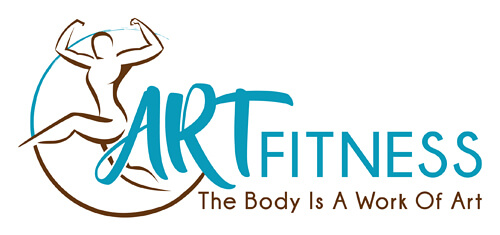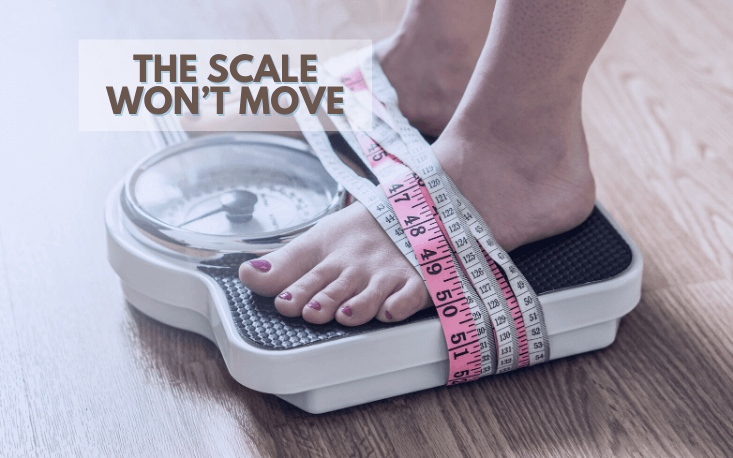So you have decided “NOW IS THE TIME TO GET IN SHAPE” and you want to start with cardio and weight training. Or maybe you have been doing the same routine for several months and now it is time to up the intensity of your workouts, try new strength-training classes or change your routine all together. You have dropped 2 whole sizes, you’re hearing compliments about how good you’re looking and you’re seeing muscles in new places. But the scale says you are the same weight and your body mass index, or BMI, says you are in the overweight category. What are you doing wrong? This can’t be right.
As body composition changes, the scale may not .Weight and BMI never take into account body composition, often making an active person seems overweight – but an active person has more muscle and less body fat than a sedentary woman.”
Muscle is denser and it takes up less space than fat on your frame. As you develop and advance in your lifestyle change and gain lean muscle mass, the slow movement of your scale and strong BMI are signs of progress, and achievement.
There is a simple formula to help you calculate your BMI – a simple calculation using your height and weight .In the last few decades this formula has gained popularity among doctors and health professionals as a way to estimate a healthy body weight and mortality risks. Anything below 18.5 is considered “underweight”; 18.5 to 24.9 is “normal,” 25 to 30 is “overweight” and 30.1 or more falls into one of three obesity categories.
Keep in mind again that BMI doesn’t distinguish between fat and muscle, and only gives you an indication of how heavy you are overall.
A great example of this flawed system is Arnold Schwarzenegger; in his prime he had a BMI of 30.2 – “obese” according to the calculation. But anyone who has seen Arnold Schwarzenegger at his best knows that he was all lean muscle, not fat.
Recent research shows that BMI can also be a false indicator of health in other ways. According to the American College of Cardiology, researchers show that individuals with a normal BMI can still have a high body-fat content, increasing their risk for cardiovascular disease and other health-related problems.
When you begin a new fitness program or increase the intensity of your work out sessions, chances are you’re losing fat but gaining muscle. Muscle uses more calories, even at rest, so you gain the potential to boost your resting metabolic rate. Muscle can also help us perform better, if we’re competing or help with that last push to be able to last through our workout or exercise class.
Keeping track of your measurements is still a very good way to gage the areas of your body that’s having the most change, but you also want to be mindful of where fat is stored. Because there is such a thing called being “skinny fat,” which is appearing to be healthy based on weight and height alone, but possessing pockets of fat in targeted areas that can still put you at a high risk for certain health conditions.
A waist circumference above 39 inches (100cm), regardless of gender, is a strong risk factor for insulin resistance. Insulin resistance is a key player in metabolic syndrome and the precursor to type 2 diabetes.
So it’s important to consider your overall body fat, and where it might be landing. Though there’s no such thing as spot reduction, reducing your overall body fat through methods of resistance training and cardio are the best ways to change your body composition and maintain a healthy lifestyle change. If your body fat drops below 15% this can cause major health issues such as developing osteoporosis, general fatigue and for women the risk of losing your monthly menstrual cycle.
If you need a way to gauge your weight loss and the scale is not cooperating and seeing a change in numbers is important to you, check your body measurement (circumferences) instead of the scale. Looking in the mirror to zipping up your jeans will further help boost your confidence as you shed fat, build muscle and get on the way to reaching all your goals. And no one will complain about several compliments!
Here are 5 simple but essential steps to help you develop HEALTHY fat loss:
- Strength train. Incorporating weights into your workout routine keeps you strong, lean, and it increases your metabolism and helps you burn more fat.
- Eat clean.
- Cardio, Cardio, Cardio
- Plan five to six meals a day, and never skip breakfast.
- Give it some time. Long lasting results take time; the slow-and-steady approach will help ensure you stay lean, fit and HEALTHY

